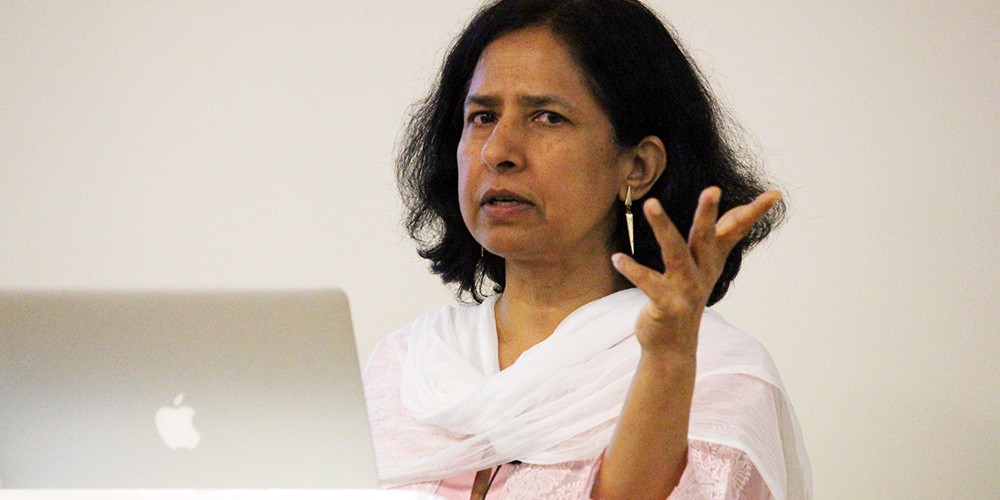Is International Immigration in Crisis?

Immigration has become a hot button issue, churning electoral politics around the world. In 2015, 1 million refugees crossed the Mediterranean to arrive in Europe, fueling concerns among the public about immigration, leading to the rise of far-right political parties across most of the continent and ultimately galvanizing Brexit – United Kingdom’s exit from the European Union.
In Asia, rising resentment towards expats led to a new policy, giving Singaporeans priority over expats in the job market while Malaysia and Thailand turned away hundreds on migrant boats. And the United States elected a President on the promise of building a wall with Mexico and banning Muslim immigration to the country. A hundred years ago, similar discontents resulted in severe restrictions on immigration. Will history repeat itself?
“If you look at the right-wing movement in many countries, then to some extent it might have actually begun. Many countries have responded to public discontent towards immigration by creating restrictions on immigration. At the time of the fall of the Berlin Wall, there were 16 countries with border walls and fences with other countries. Now, there are 65 of them,” said Neeraj Kaushal, Professor of Social Policy and Chair of Doctoral Programs, School of Social Work, Columbia University. “Others have adopted a carrot and stick policy to ensure that sending or transition countries reduce immigration,” she added, citing the example of an EU-Turkey agreement that brought EUR 6 billion in refugee aid to Turkey, which partly helped reduce the number of refugees entering Europe in 2016 to 364,000.
Kaushal is a health and labor economist specializing in immigration and refugee issues. She was speaking at a public lecture organized by Columbia Global Centers | Mumbai in July on ‘Immigration and its Discontents: International Migration after Brexit, Brussels, and Trump.’ The lecture analyzed the causes of discontents being seen around the world, to determine whether immigration was the cause or just a scapegoat.
According to Kaushal, immigration has merely kept pace with population growth over the years. “It has not increased despite the growing number of people that you see. That’s partly because of increase in mobility, not immigration. The primary cause of these discontents is not the volume or pace of immigration, but the appetite of nations to accept and absorb immigrants,” she stated.
She identified seven drivers of discontent – culture and identity; demographic and social change; productivity stagnation in industrialized countries; loss of confidence in governments and liberal elites; rise in refugee movements; international terrorism and national security.
Providing examples, she said, “On average, Indians in the US are highly educated, proficient in English and economically very successful. So they have fewer barriers to assimilation than ethnic groups without these advantages. However, in India, we have deep seated anxieties about outsiders. Not just Bangladeshis, but even Biharis are not welcome in Maharashtra. Such exclusionist attitudes have economic and even political repercussions. Labor mobility greases the wheels of the economy.” It is for this reason that many countries will hesitate to shut their doors on immigration. China, for example, set up its first immigration office in 2016 in a bid to welcome foreign talent on its soil.
According to Kaushal, the forces that push for restrictive immigration are largely non-economic. “Economic effects of immigration, positive or negative, are modest in comparison to its non-economic effects. Economies normally adjust to presence of immigration quite fast,” she said. “Because of rising terrorism and issues of culture, we won’t see a borderless world.”
On whether immigration-related discontents are destined to repeat themselves, Kaushal commented, “The history of immigration is full of such discontents. In that sense, we can say that these discontents are cyclical. Societies can address these discontents by opening up an honest dialogue on immigration and its pros and cons. Successful integration of immigrants reduces these discontents. Thus, more inclusive approaches to immigrants can lower intolerance towards them.”